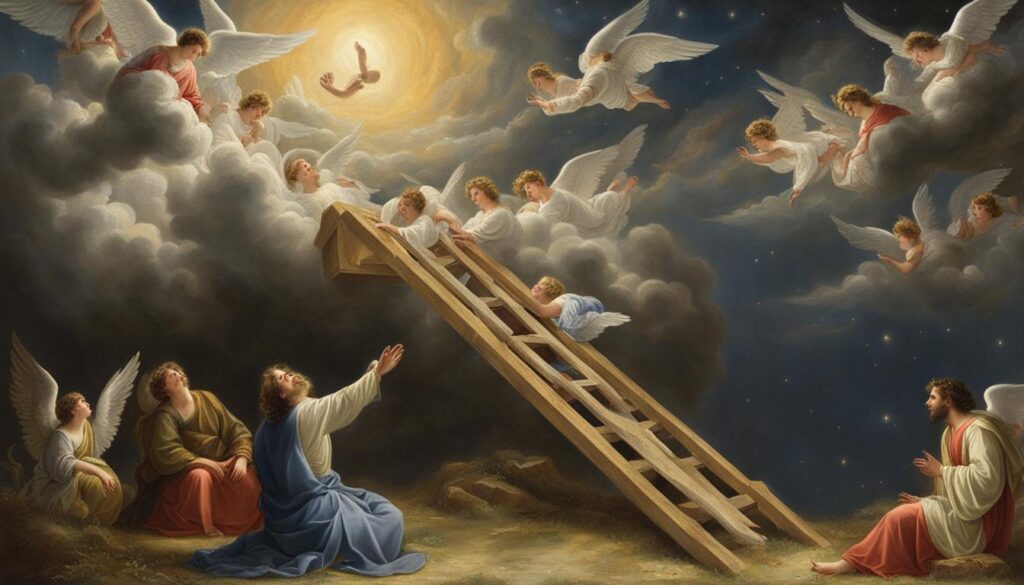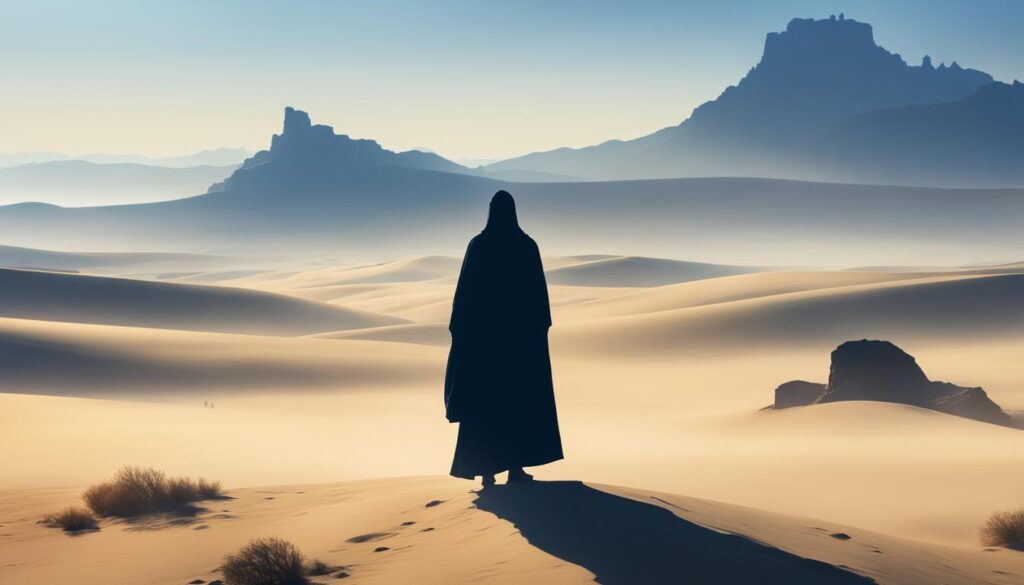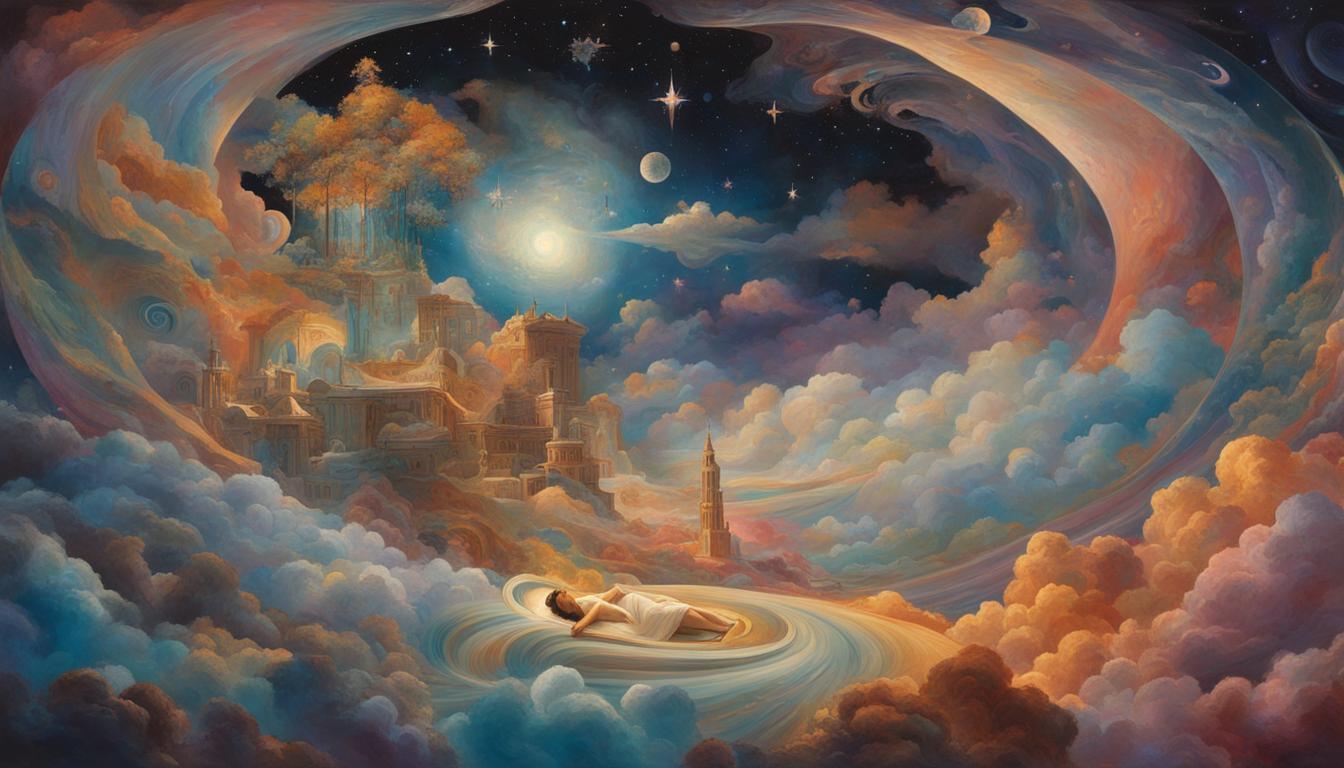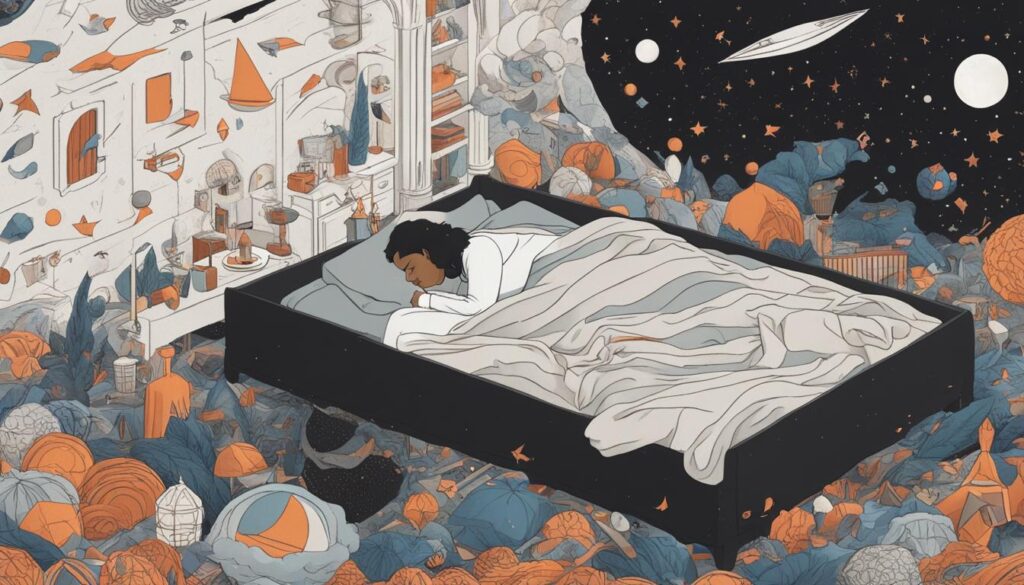The Devil Tarot Card: Unveiling Its Mysterious Meanings
When most people hear the word “devil,” they often associate it with evil, darkness, and negativity. However, in the world of Tarot, the Devil card holds a much deeper and more complex meaning. This enigmatic card has prompted many to delve into its symbolism and interpretations, leading to a plethora of discussions and debates about its true significance. In this article, we will unveil the mysterious meanings of the Devil Tarot card, shedding light on its diverse interpretations and guiding you through its symbolism and significance in Tarot readings.
History of the Devil Tarot Card
To fully understand the meaning of the Devil card, it is essential to explore its historical origins and how it has evolved over time. The Devil card is part of the Major Arcana in Tarot, which consists of 22 cards that represent significant life events and spiritual lessons. The earliest known Tarot decks with the Devil card date back to the 15th century, during the Italian Renaissance. These decks, such as the Visconti-Sforza Tarot, depicted the Devil as a horned figure chained to a pedestal, surrounded by figures representing Adam and Eve.
As Tarot spread across Europe, the imagery and symbolism of the Devil card continued to evolve. In the 18th century, French occultist and Freemason, Eliphas Levi, depicted the Devil as Baphomet, a winged, goat-headed deity that has since become synonymous with occultism and the esoteric. This depiction added layers of mysticism and intrigue to the Devil card, inspiring further exploration and interpretation.
In modern Tarot decks, the Devil card often portrays a powerful, horned figure with bat-like wings, standing on a pedestal, while chained figures cower beneath him. The imagery has taken on new meanings, influenced by various esoteric traditions and occult symbolism.
Symbolism of the Devil Tarot Card
The Devil card is rich in symbolism, with each element contributing to its overall meaning and significance in Tarot readings. Some of the key symbols found in the Devil card include:
- The Horned Figure: The Devil is often depicted with horns, representing primal instincts, raw energy, and earthly desires.
- Chains: The figures chained to the pedestal symbolize bondage and the limitations we impose on ourselves, often due to fear or attachment.
- Pedestal: The Devil stands on a pedestal, representing materialism, ego, and the pursuit of power and control.
- Bat-like Wings: The wings symbolize a false sense of freedom, as the figures beneath the Devil remain chained despite the illusion of flight.
- Fire: In some depictions, flames can be seen in the background, representing passion, temptation, and the destructive forces of unchecked desire.
- Baphomet: In some interpretations, the Devil is depicted as Baphomet, an enigmatic figure associated with occultism and hidden knowledge.
Each of these symbols contributes to the complex meanings of the Devil card, offering insights into the human psyche, the lure of materialism, and the struggle for freedom from self-imposed limitations.
Interpretations of the Devil Tarot Card
The Devil card is often regarded as both feared and misunderstood, but its interpretations in Tarot readings are far from simplistic. Depending on the context of a reading and the surrounding cards, the Devil card can represent a wide range of themes and messages, including:
- Materialism and Temptation: The Devil card can symbolize the lure of material possessions, excessive consumption, and the pursuit of wealth at the expense of spiritual growth.
- Bondage and Addiction: In a psychological context, the Devil card may signify addiction, unhealthy attachments, and patterns of behavior that keep us chained to destructive cycles.
- Power and Control: The Devil can also symbolize the abuse of power, manipulation, and control, whether it manifests in personal relationships or broader societal structures.
- Shadow Self and Inner Demons: This card can serve as a mirror, reflecting our inner demons, fears, and repressed desires, urging us to confront and integrate these aspects of ourselves.
It is crucial to note that the Devil card is not inherently negative; rather, it serves as a potent reminder of the complex and often contradictory nature of human experience. When this card appears in a Tarot reading, it invites us to examine our beliefs, behaviors, and attachments, and to seek liberation from self-imposed limitations.
The Devil card in Tarot is indeed a mysterious and thought-provoking symbol, offering profound insights into the human condition and the forces that bind us. By exploring its history, symbolism, and interpretations, we can deepen our understanding of this enigmatic card and its relevance in the practice of Tarot readings.
Symbolism and Imagery
The imagery on the Devil tarot card is rich with symbolism. In the traditional Rider-Waite deck, the Devil is depicted as a creature with goat-like features, complete with horns and wings. He is perched on a pedestal, with two naked humans chained to the pedestal at his feet. This imagery represents the control and entrapment that the Devil holds over those who are chained to their own addictions and negative habits. The chains around the humans’ necks are loose, indicating that they have the ability to free themselves if they choose to do so. The Devil holds a torch in one hand, representing the fire of passion and desire, and in the other hand, he holds a trident, symbolizing his power and authority.
Interpretations
When the Devil card appears in a tarot reading, it can have a variety of interpretations depending on the context of the reading and the surrounding cards. One common interpretation is that the Devil represents bondage to materialism and worldly desires. It can signify being trapped in a cycle of negative behaviors, addictions, or harmful patterns that are holding the individual back from reaching their full potential. It can also symbolize feeling powerless or controlled by external influences.
Another interpretation of the Devil card is that it represents temptation and urges. It can indicate that the individual is being lured into a situation or relationship that may not be in their best interest. It serves as a warning to be mindful of the choices being made and to resist the temptation to give in to immediate gratification at the expense of long-term happiness.
Reversed Meaning
When the Devil card appears in a tarot reading in the reversed position, its meaning shifts slightly. Instead of representing bondage and entrapment, the Devil reversed can symbolize liberation and breaking free from destructive patterns. It suggests that the individual is in the process of releasing themselves from negative influences and regaining control over their life. It can signify a period of introspection and self-discovery, where the individual is confronting their own demons and making positive changes.
In some cases, the Devil reversed can also indicate that the individual is resisting or overcoming temptation. They may be finding the strength to say no to unhealthy habits or destructive relationships, and are taking steps towards healthier choices and behaviors. It is a card of empowerment and reclaiming personal power from the forces that have been holding them back.
The Symbolism of the Devil Card
The Devil card in the Tarot deck is often associated with fear, temptation, and bondage. The imagery of the card typically depicts a demonic figure with horns, surrounded by naked figures chained to a pedestal. This dark and ominous symbolism can initially be off-putting to those unfamiliar with the Tarot, leading to a misconception that the card represents pure evil. However, a closer look at the imagery and symbolism reveals a deeper, more nuanced meaning.
The Devil card represents the darker aspects of human nature, such as greed, materialism, and ignorance. The chains binding the figures in the card symbolize a sense of being trapped and unable to break free from these negative influences. The demonic figure can be seen as a representation of the ego, the part of ourselves that seeks to control and dominate. In this way, the Devil card serves as a reminder to be aware of our own destructive tendencies and to strive for inner freedom from these negative forces.
The Reversed Devil Card
When the Devil card appears in a Tarot reading in the reversed position, it signifies a release from the negative influences and patterns that have been holding you back. It suggests a newfound sense of freedom and liberation from the constraints that have been binding you. This can manifest in various ways, such as breaking free from toxic relationships, overcoming addiction, or letting go of limiting beliefs.
The reversed Devil card also encourages introspection and self-reflection. It calls for a reassessment of your values and priorities, and a recognition of the patterns and behaviors that no longer serve you. It is an invitation to confront your fears and confront the shadow aspects of yourself that have been holding you back. The reversed Devil card ultimately represents a positive transformation and a new beginning, free from the constraints of the past.
Interpreting the Devil Card in a Tarot Reading
When the Devil card appears in a Tarot reading, its meaning is not necessarily negative. It can serve as a warning to be mindful of the temptations and illusions that may be clouding your judgment. It could also indicate a need to break free from unhealthy patterns or attachments that are holding you back from reaching your full potential. At its core, the Devil card represents the struggle between light and dark, and the need to find balance and harmony within oneself.
In a more literal sense, the Devil card can also represent a person or situation in your life that is causing you distress or confusion. It can signify manipulation, control, or power struggles that are creating obstacles in your path. In this context, the Devil card serves as a call to assert your personal power and take back control of your life. It is a reminder to not be swayed by external influences and to stay true to your own values and beliefs.
Conclusion
The Devil card in the Tarot deck is a complex and multi-faceted symbol that holds deep meaning beyond its initial ominous appearance. It serves as a reminder of the darker aspects of human nature, and the importance of acknowledging and confronting our own inner demons. While the card may initially evoke fear and unease, it ultimately provides an opportunity for growth and transformation. When it appears in a Tarot reading, the Devil card challenges us to face our fears, break free from negative influences, and reclaim our personal power. By doing so, we can transcend the shadows and embrace a sense of inner freedom and empowerment.








